Prof. Matthew Krebs, MD, PhD

Clinical Senior Lecturer
Experimental Cancer Medicine
Honorary Consultant
Medical Oncology
The University of Manchester
Greater Manchester, UK

Clinical Senior Lecturer
Experimental Cancer Medicine
Honorary Consultant
Medical Oncology
The University of Manchester
Greater Manchester, UK
Related Videos
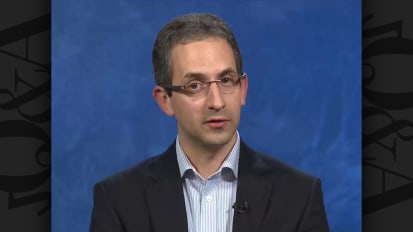 Video
Video
A 42-year-old woman presented with a painful left thigh mass, a biopsy of which showed undifferentiated sarcoma. Neoadjuvant targeted therapy, radiotherapy and chemotherapy showed no response and metastases to lung. Lung nodule submitted ...
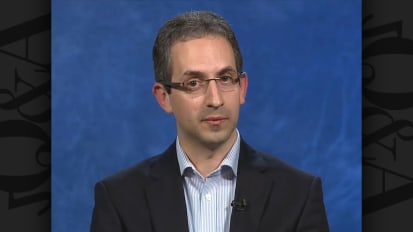 Video
Video
What is your current guidance about whether and/or how and when to integrate tests for circulating tumor DNA (ctDNA) into protocols for precision cancer medicine?
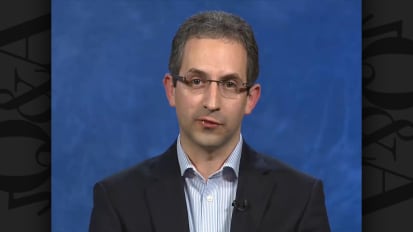 Video
Video
As you explained, NSCLC is one solid tumor where comprehensive genomic profiling can dramatically alter a precision-based strategy. Can you provide a patient example where you have observed that the detection of a rare insertion altered the treatment choice?
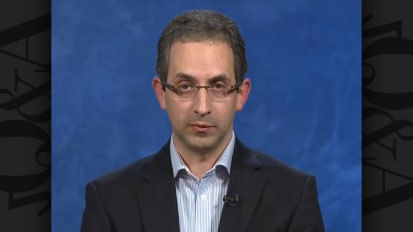 Video
Video
Can you give us an example of a real world patient with a rare or refractory cancer whose treatment course was altered by an NGS-based FoundationOne Report?
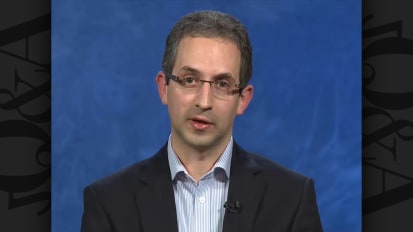 Video
Video
What is the problematic aspect for the patient of employing a platform that fails to detect an actionable molecular alteration?
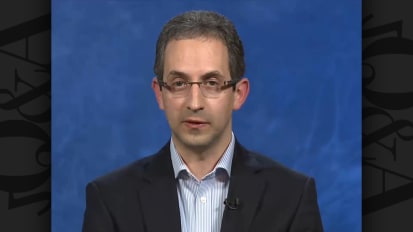 Video
Video
Why are current genomic testing models based on targeted sequencing (“Hot Spot”) less sustainable and less effective than comprehensive NGS-based genomic profiling (CGP) that undergird other diagnostic platforms?
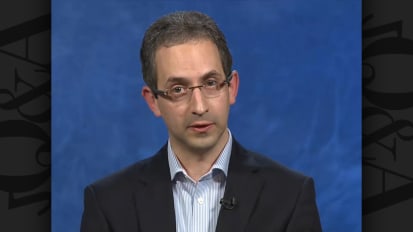 Video
Video
How do we make sense of an NGS-based molecular profile when there appear to be a number of potentially actionable genomic alterations? How might a “molecular tumor board” be helpful?
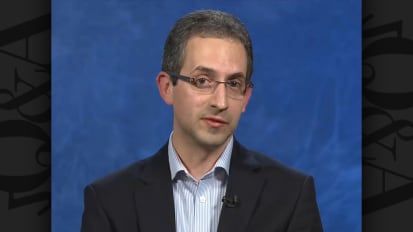 Video
Video
What are your impressions of the ProfiLER Study and its implications for employing NGS and channeling people into trials driven by early molecular profiling?
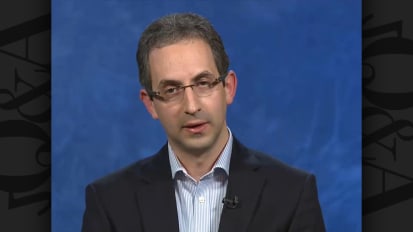 Video
Video
How has the landscape of actionable alterations changed over time — with respect to new fusion configurations in the setting of lung cancer, for example? And how do we approach the more rare cancers?